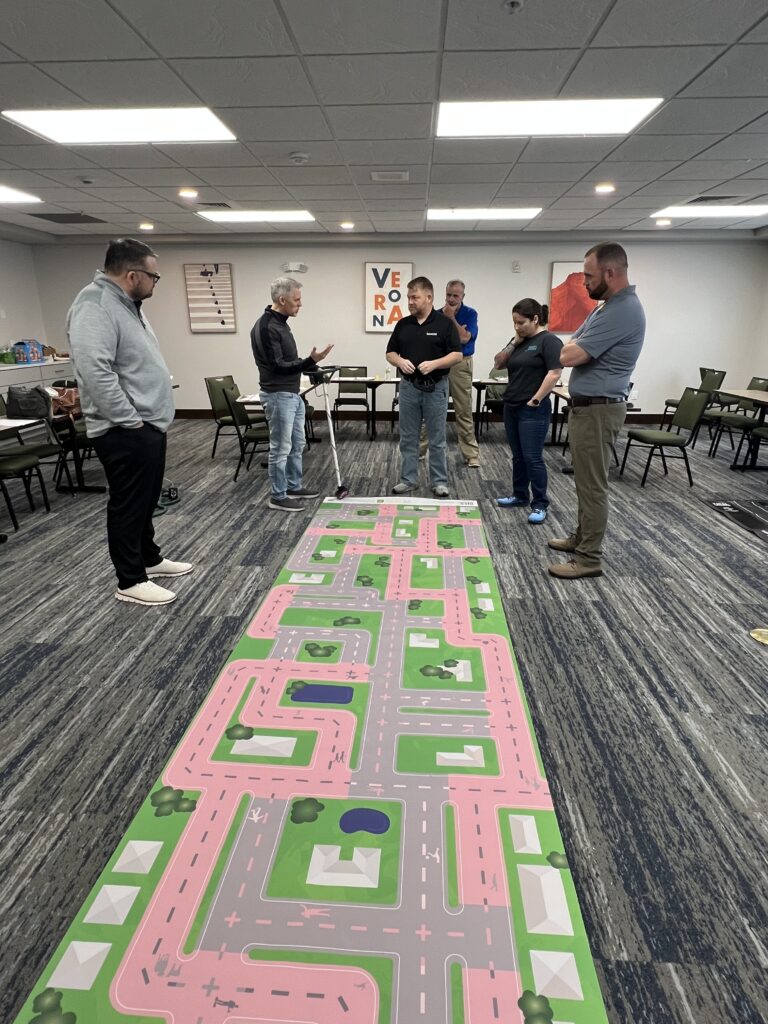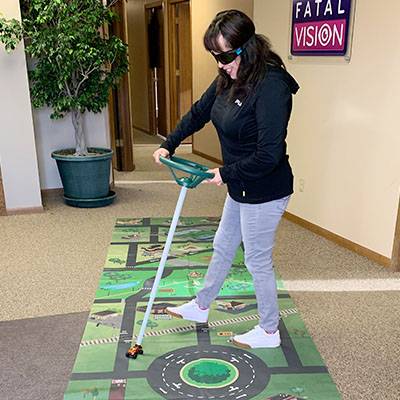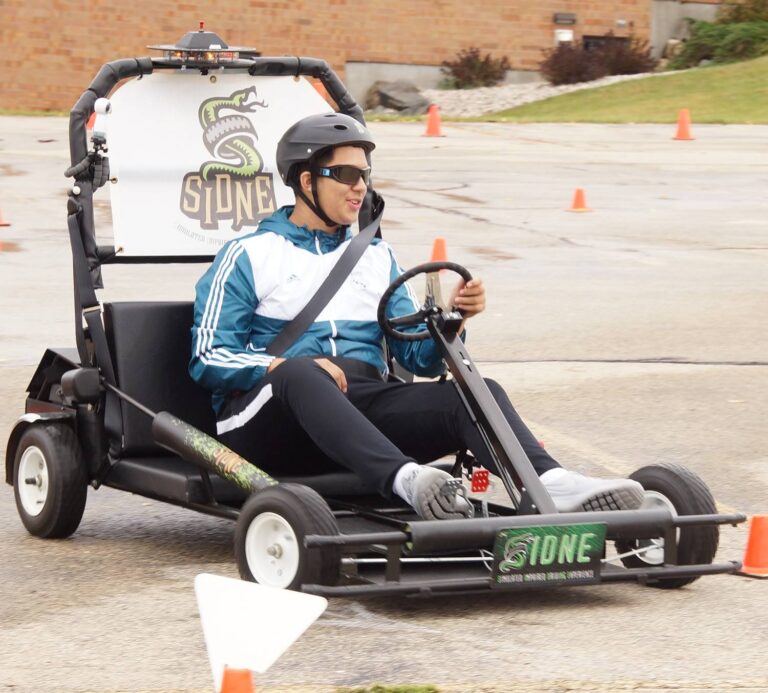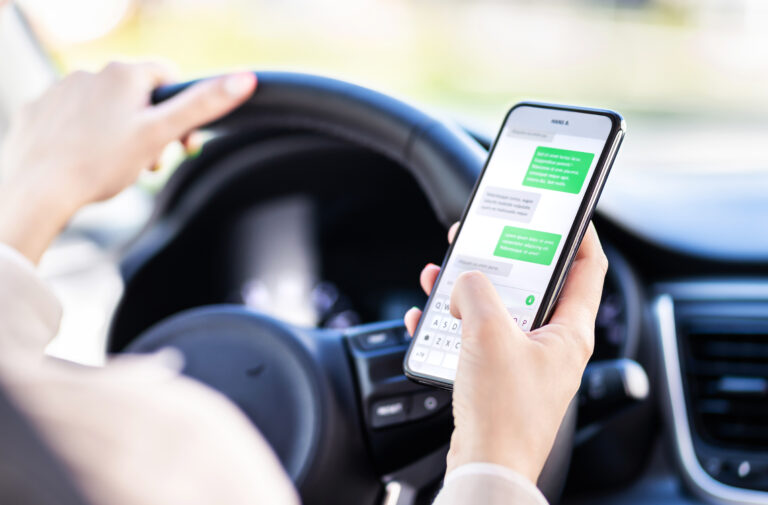
What Does Innocorp On-Site Training Entail?
Here’s an overview of what to expect and some benefits of investing in on-site Innocorp product training. Educators deserve great training to facilitate participant learning and instruction in their

According to estimates from the Centers for Disease Control and Prevention, around 3,100 people are killed, and hundreds of thousands more are injured yearly in the United States due to car crashes involving distracted drivers. Add in research from the National Safety Council, which estimates that one in four car crashes stem from cell phone use, and it’s clear that texting and driving prevention programs are more vital than ever.
As concerned educators, parents, and law enforcement professionals, we need to prioritize creating curriculums that effectively teach students, especially young drivers, about the dangers of texting and driving.
If you’re just getting started teaching about texting and driving or are creating a new curriculum from scratch, this article will answer the pressing questions you likely have about creating a texting and driving prevention program that’s engaging and effective.
Keeping students engaged is critical to delivering an effective texting and driving prevention program. Fortunately, there are several ways to keep the curriculum engaging and fun. Here are some ideas:
To learn more about Fatal Vision’s distracted driving education products, check out this recent blog post from our team.
It’s crucial to provide students with actual statistics and stories to help them understand the danger of texting while driving, but you don’t want to resort to scare tactics.
Some ways to incorporate real-world statistics and stories, without relying too heavily on “scaring” your students, include:
Participants’ feedback offers valuable insights for educators to improve their texting and driving prevention programs. You can incorporate participants’ feedback by:
Arguably, no group is more prone to texting while driving than young drivers. They can be overconfident in their multitasking abilities and tend to underestimate the dangers of texting behind the wheel.
If you’re finding this to be true with the cohort of students in your program, this is a perfect opportunity to incorporate Fatal Vision’s Roadster Pedal Kart and SIDNE driving simulators. These educational tools, while entertaining, provide a safe and controlled way to physically illustrate to students how even taking their eyes off of the road for just a moment can greatly impact their reaction times and driving skills.
The dangers of distracted driving are real, and we need to prioritize educating young drivers about the risks of texting while driving. A well-designed texting and driving prevention program can help promote safer driving habits among young drivers, ultimately saving lives.
For more information about distracted driving education and prevention, check out these additional posts from the Fatal Vision blog. If you have any questions about the products mentioned in this article and how you can incorporate them into your texting and driving prevention program, contact our team today!
Innocorp is the pioneering developer of Fatal Vision® Goggles and other experiential learning tools designed to educate on the dangers of impairment and promote risk prevention. Innocorp provides impactful, hands-on resources used globally by law enforcement, educators, and safety professionals to demonstrate the consequences of substance use, risky driving, and other dangerous behaviors.
We’d love to online chat! We are available Monday-Friday from 8am-5pm (CST):
Or schedule a time for a consultation:

Here’s an overview of what to expect and some benefits of investing in on-site Innocorp product training. Educators deserve great training to facilitate participant learning and instruction in their

Take a look at the various topics in a distracted driving education course. Students and young drivers can benefit from a distracted driving education program that incorporates hands-on learning about

Here are a few types of distractions while driving, along with hands-on learning opportunities to help drivers understand these distractions. Driving while distracted is dangerous for anyone behind the